The Ebiil Society: Champions of Palau
Ann Singeo, founder of our partner organization the Ebiil Society, shares her vision for a thriving Palau and a flourishing world of indigenous science!
Our new online shop is live!
Published on
October 10, 2023
Written by
carolina
Photo credit
carolina
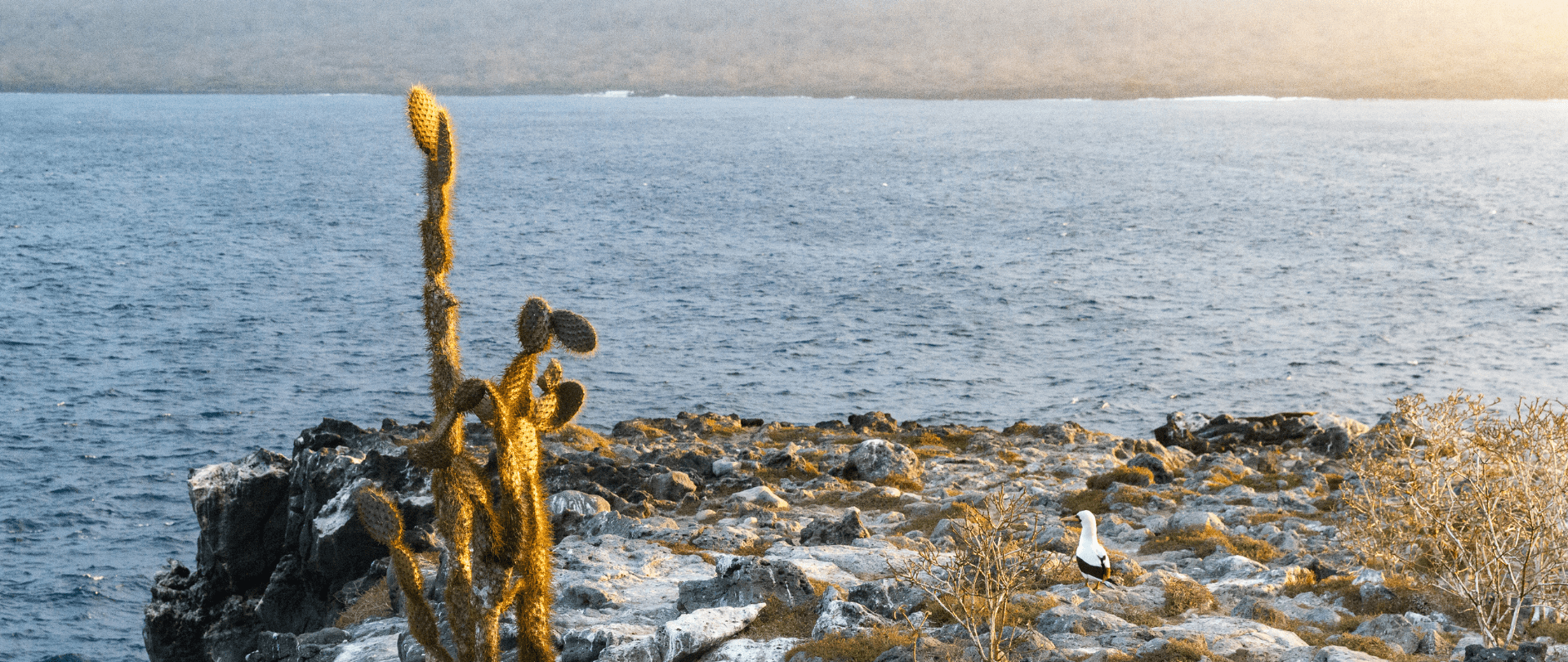
In October 2023, the largest conservation project ever undertaken in the Galápagos commenced on Floreana Island. This massive project required years of meticulous planning in connection with the local community. In 2017, Island Conservation’s International Legal & Admin Manager Carolina Torres reflected on how the project signals hope for a future where people and nature can thrive together. Now that the project is officially underway, her meditation on the power of solidarity signals the deep roots of this project in a love for Floreana, its people, and its ecosystems. Originally published July 7, 2017.
Imagine yourself, at the break of dawn, sitting at the highest point of one of the most remote inhabited islands in the world and of the Galápagos Archipelago. Very few people will have in their lifetime the opportunity to see and feel nature as alive as I did one day while sitting on the edge of Mount Allieri.
It was on that morning that I saw one of the most enlightening dawns of my life. Perhaps this dawn in and of itself was not THAT astonishing, but it was brought together with my hopes of working for the conservation of the Galápagos islands, and especially Floreana Island and its people; this hope was present in each and every cell of my body. If you think a Tequila Sunrise makes you feel good, imagine ten times that. Because of the meaning it held for me and for the future of the Galápagos, this Floreana sunrise affected me in such a deep and beautiful way, that without a doubt, a Tequila Sunrise simply could not compare.
If you think a Tequila Sunrise makes you feel good, imagine ten times that.
I work in the Galápagos to support ecosystem restoration and prevent extinction. Floreana and its residents have welcomed me with affection and have changed the way I see the world. On this island and primarily in its community, you can vividly feel the basic values that have been lost in the great cities of the world and that have gradually denatured the essence of the human being.
On this island and primarily in its community, you can vividly feel the basic values that have been lost in the great cities of the world.
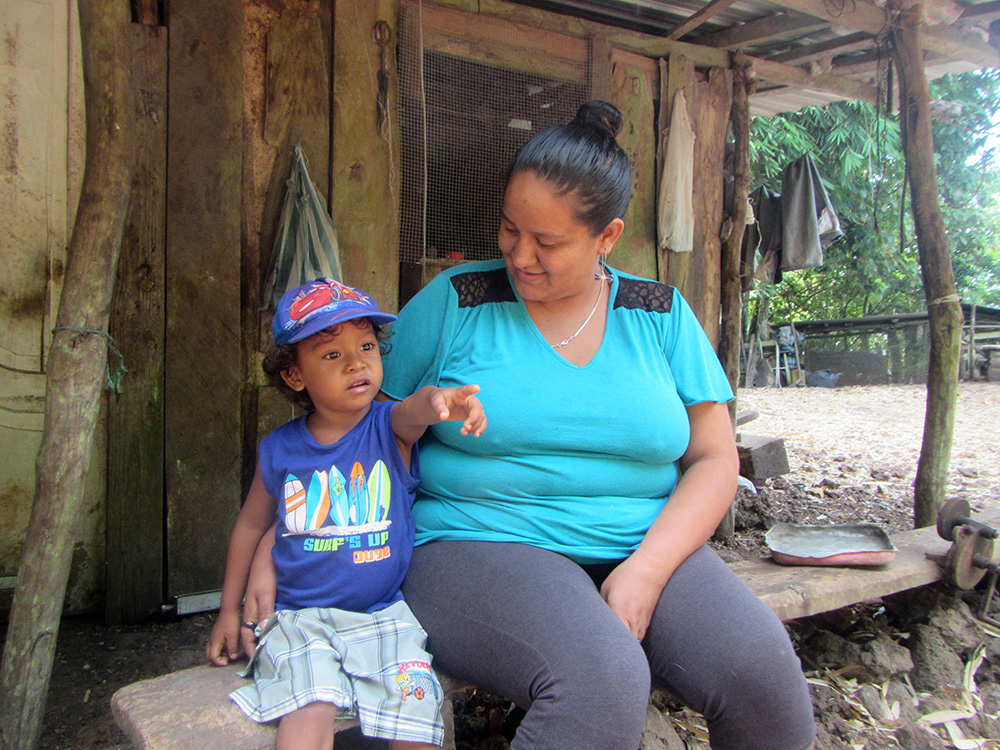
Perhaps the connection that the people living on the island have with nature, the remote geography, the enchanting landscapes, the unique animals that inhabit it, or their tireless work has made this community of about 140 people, to me, one of the last places in the world where you can still feel human. Values such as solidarity, strength, and temperance permeate the daily life of the community.

Solidarity is one of the characteristics that permeates the daily life of Floreana. There is always someone reaching out to give you an orange–by the way, the most delicious I have ever tasted–in the overwhelming heat.
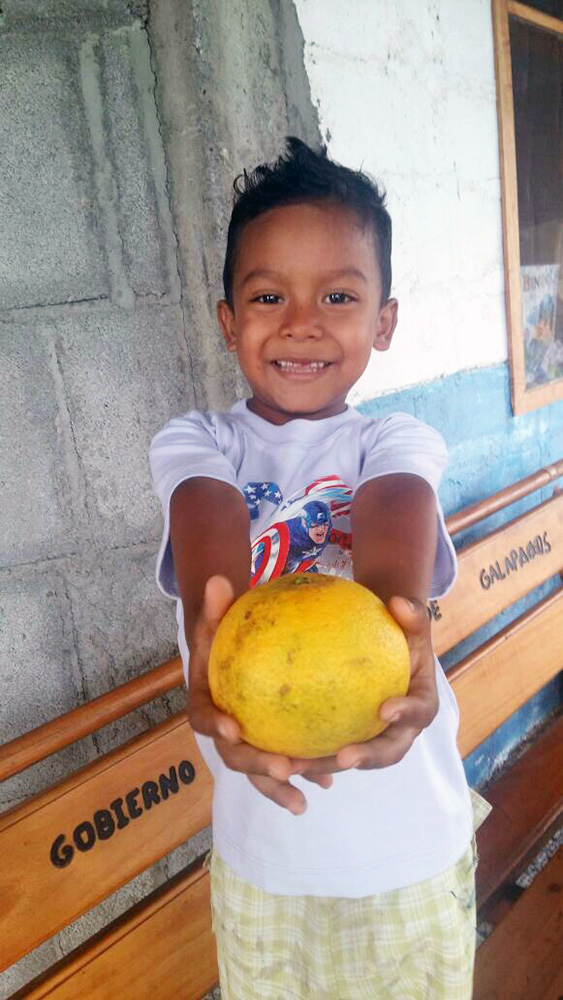
The people who live on Floreana bring deep meaning to the work we do on the island. Though our project has a clear environmental focus, being an ecological restoration project to remove invasive species–rodents and feral cats–and to subsequently reintroduce locally extinct species, the human well-being element is strong. Invasive species not only alter the native ecosystem, but also feast on crops. Biodiversity and economy are both at risk on Floreana because of invasive species.

The project to restore the island gives us hope that the people of Floreana will have a better future. We hope that the community will be able to thrive on an island free of introduced predators, and that Floreana can prove its resiliency and regain the strength it needs to provide future generations of the Galápagos and of the world.
This is why after my days of work in Floreana, I can definitely say that I prefer a “Floreana Sunrise” to a “Tequila Sunrise” to celebrate this story of hope for humanity.
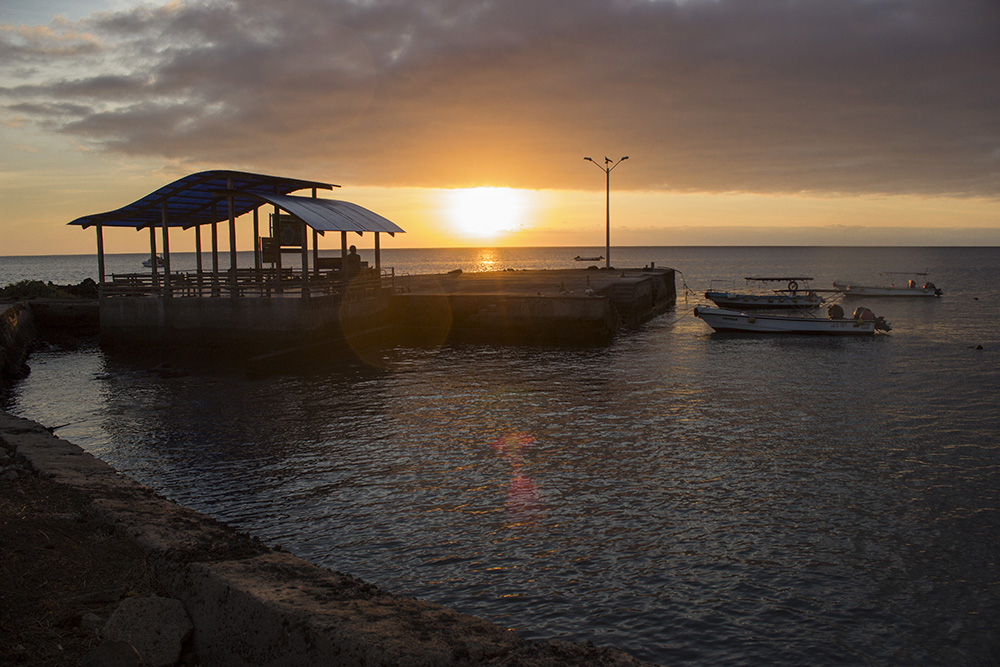
Featured photo: Credit: Carolina Torres/Island Conservation
Check out other journal entries we think you might be interested in.
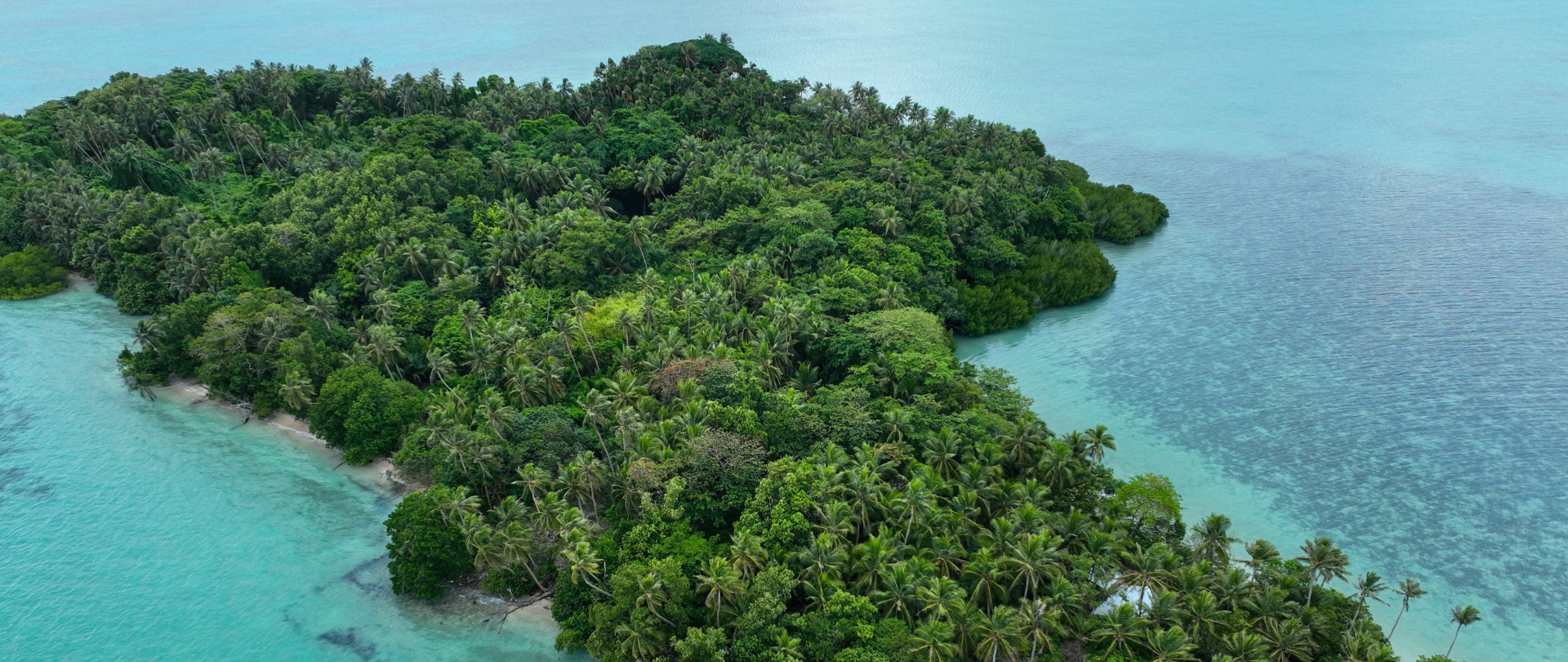
Ann Singeo, founder of our partner organization the Ebiil Society, shares her vision for a thriving Palau and a flourishing world of indigenous science!
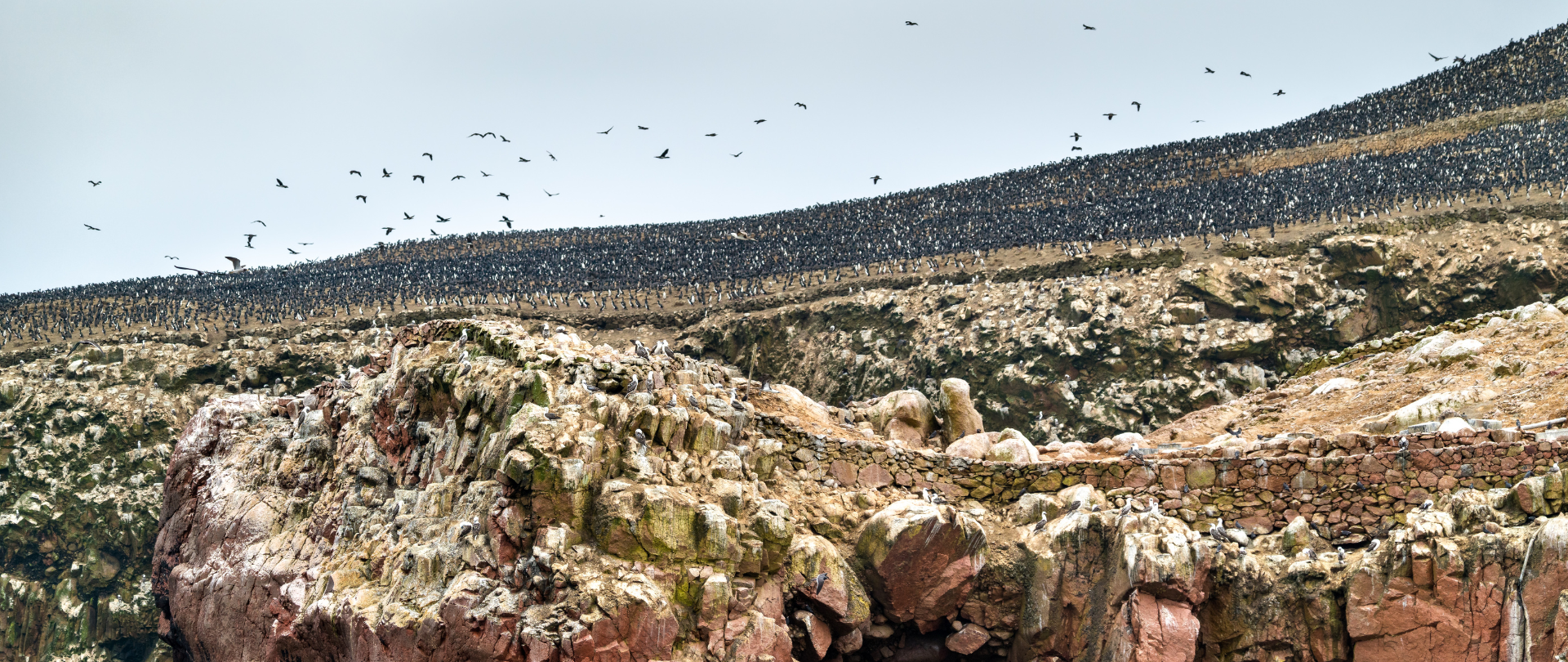
This historic agreement aims to protect the marine and coastal areas of the Southeast Pacific.
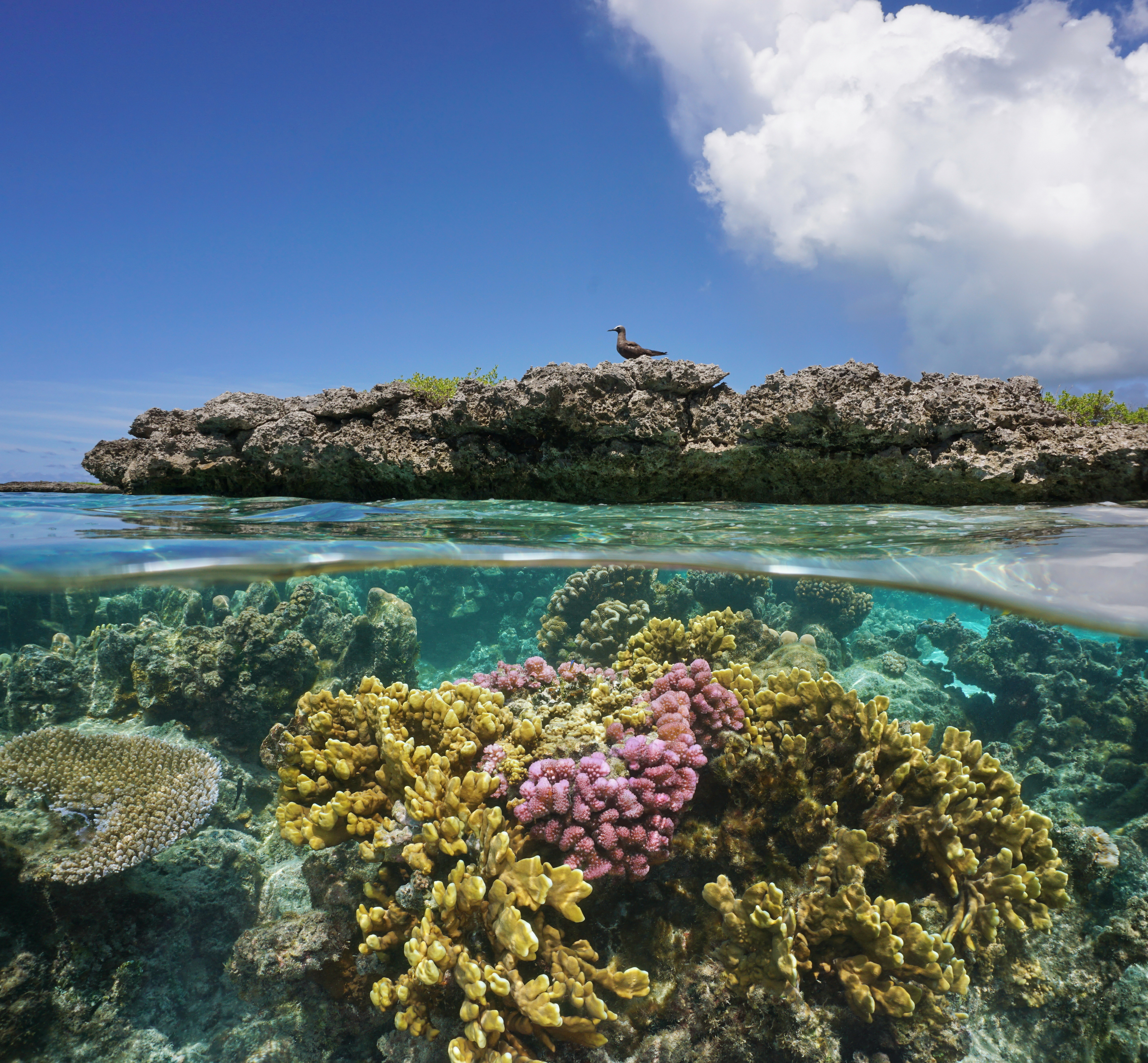
Our projects to restore key islets in Nukufetau Atoll forecast climate resilience and community benefits in Tuvalu!
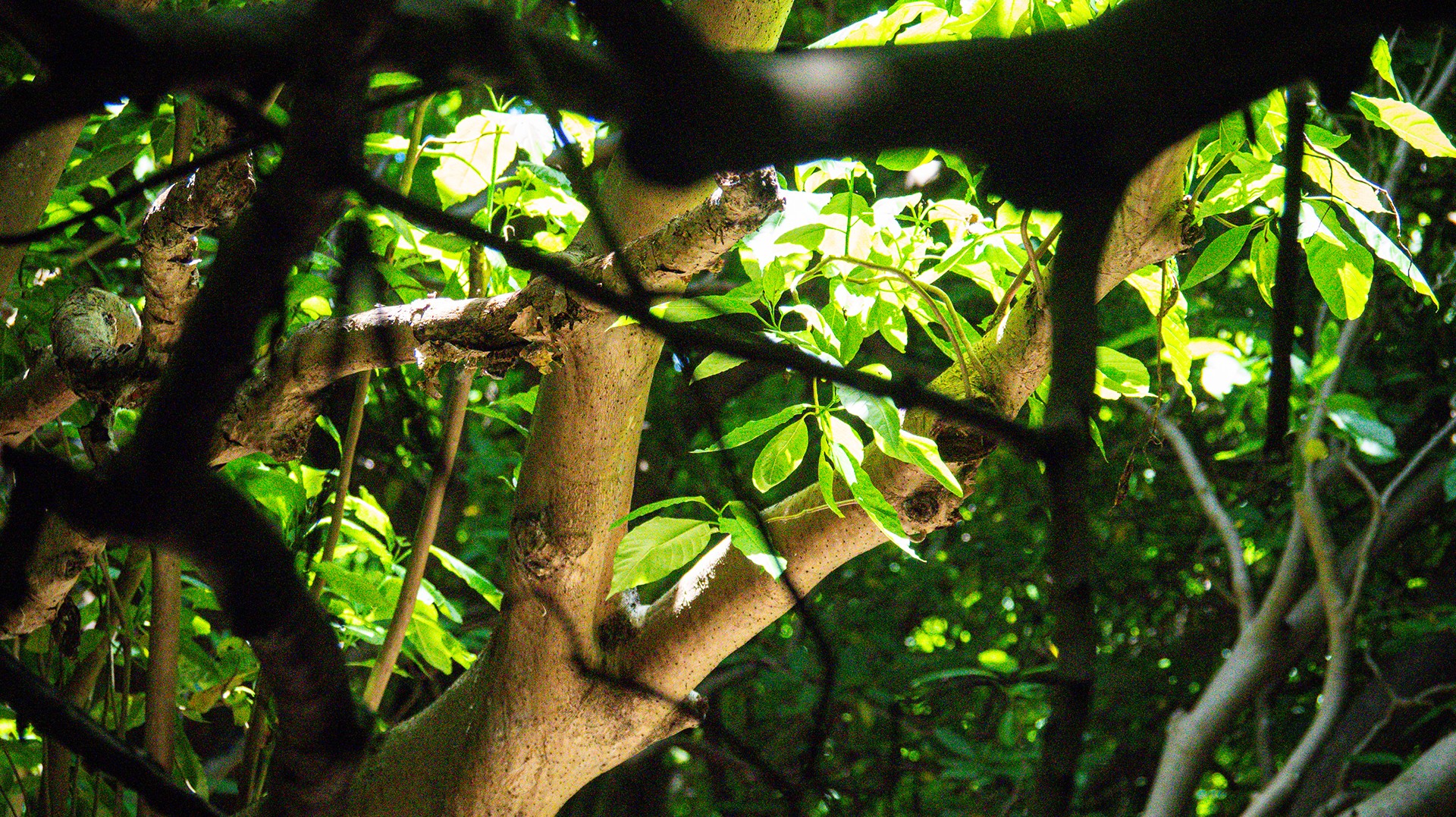
Island Conservation and partners have published a new paper quantifying ecosystem resilience on restored islands!
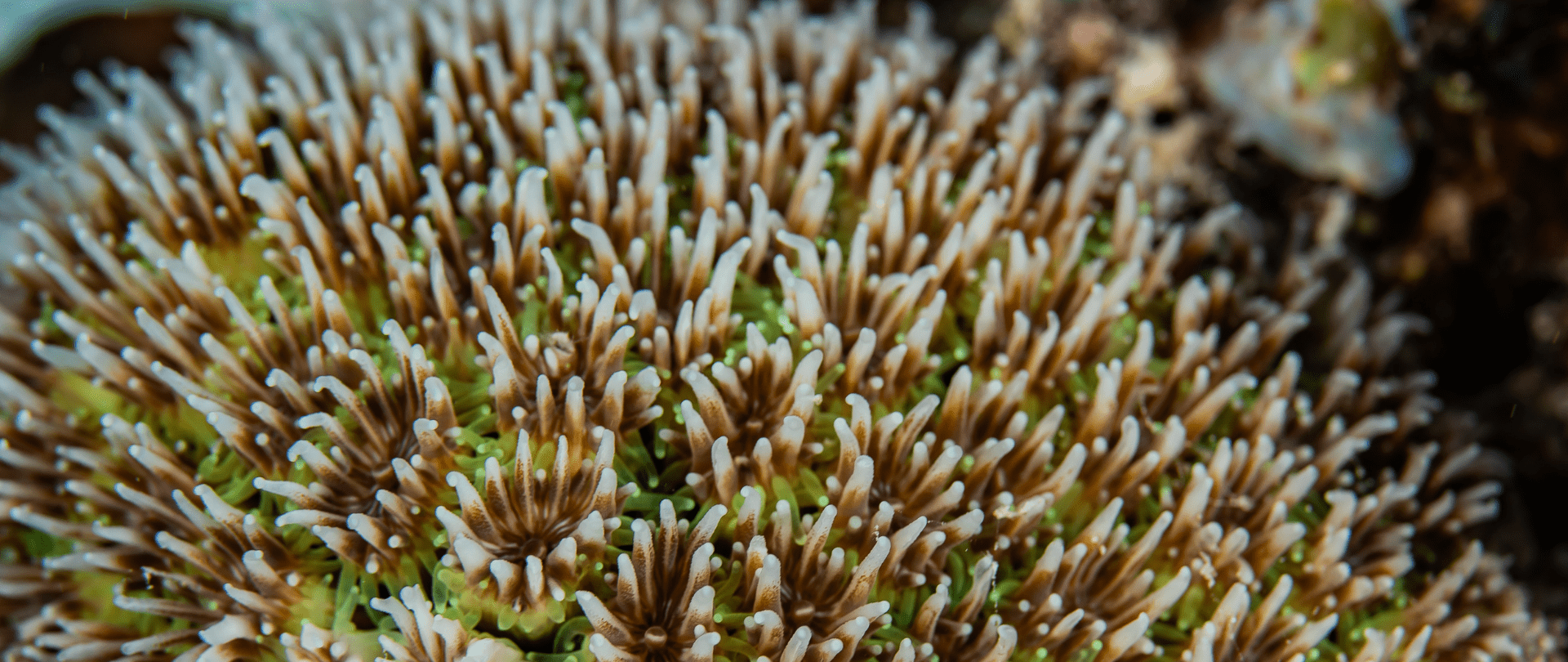
Climate Week NYC: what is it and why is it important? Read on to find out why Island Conservation is attending this amazing event!
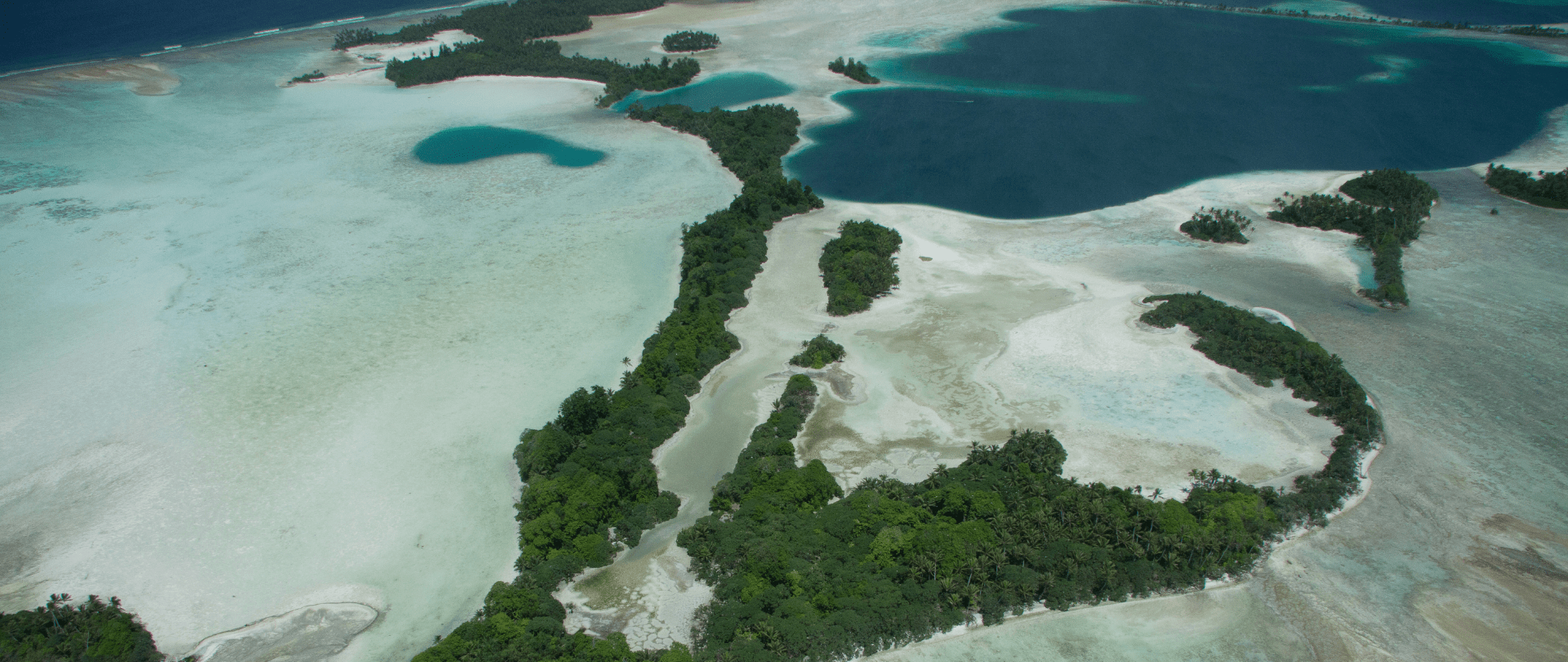
With sea levels on the rise, how are the coastlines of islands transforming? Read on to find out how dynamic islands really are!
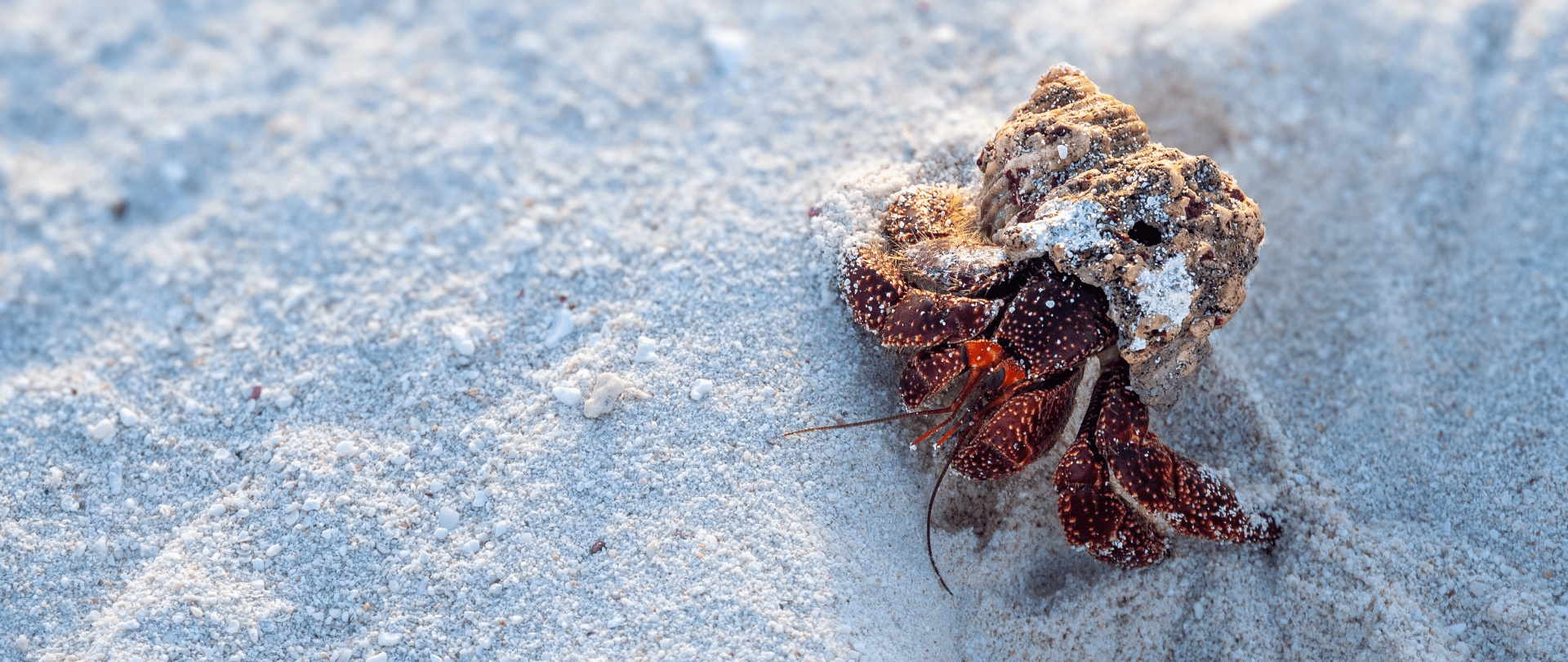
Three Island-Ocean Connection Challenge projects in the Republic of the Marshall Islands bring hope for low-lying coral atolls!
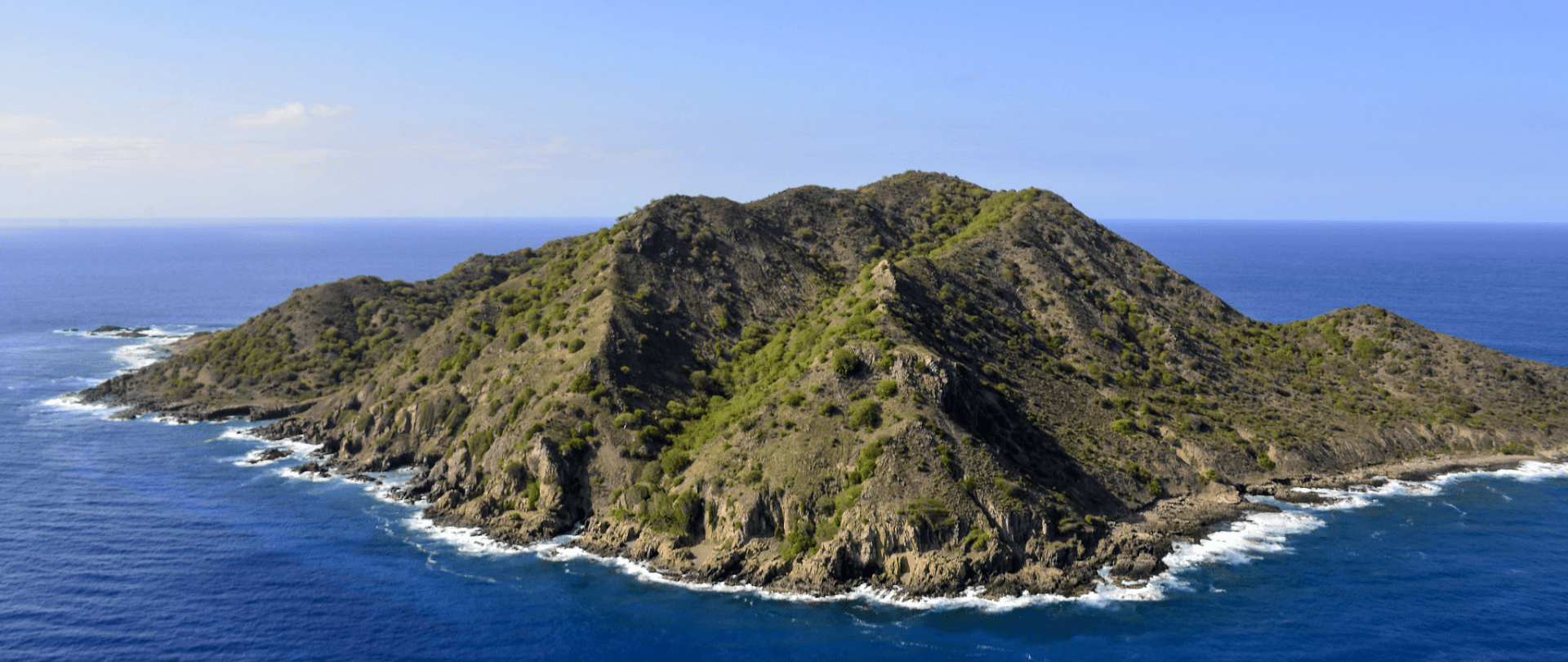
A new article in Caribbean Ornithology heralds the success of one of our most exciting restoration projects: Desecheo Island, Puerto Rico!

Part 2 of filmmaker Cece King's reflection on her time on Juan Fernandez Island in Chile, learning about conservation and community!
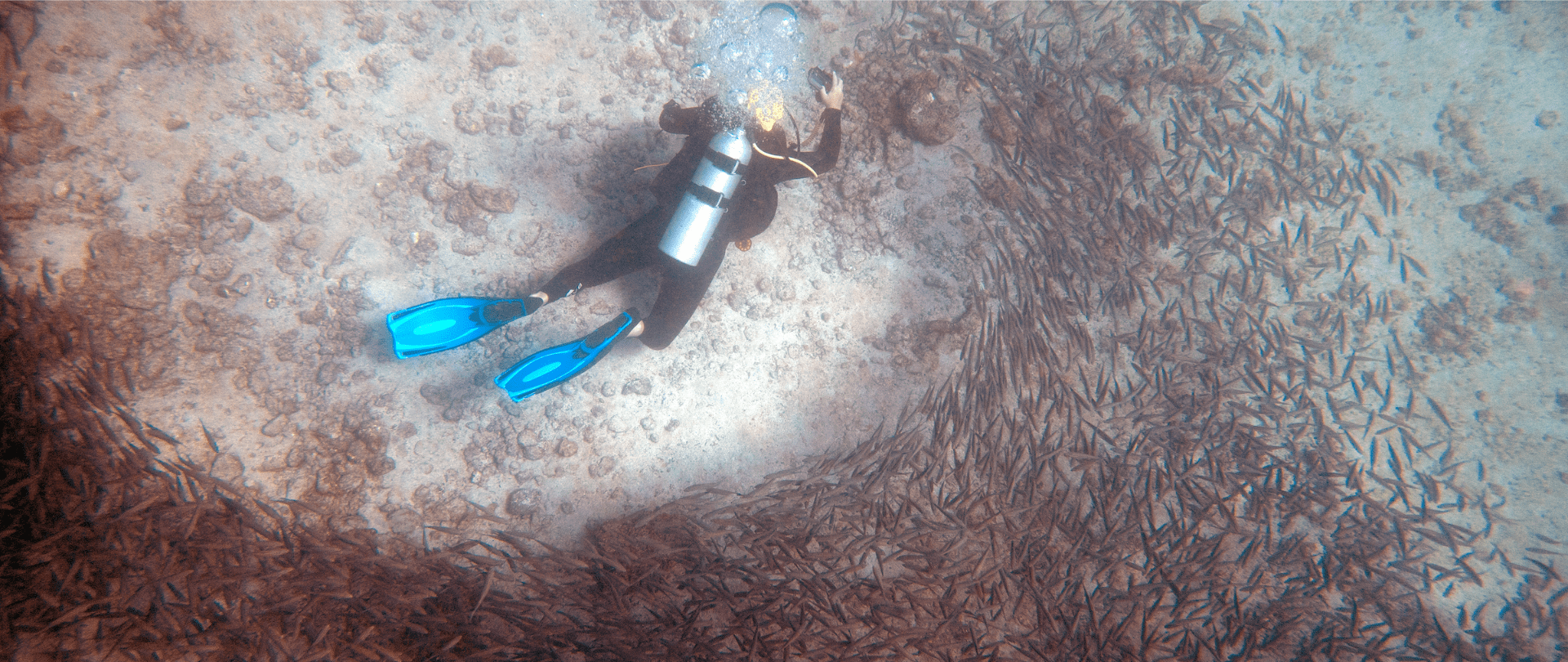
Read about Nathaniel Hanna Holloway's experience doing marine monitoring in the Galápagos!